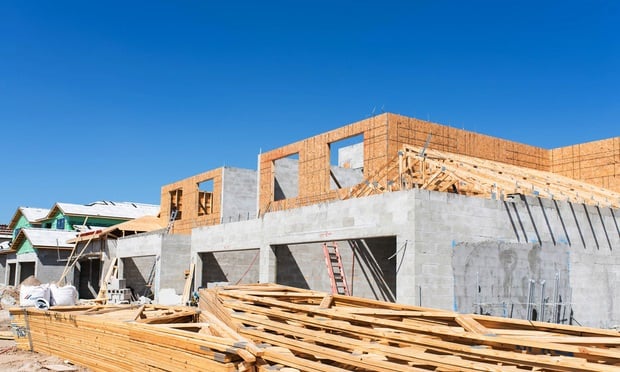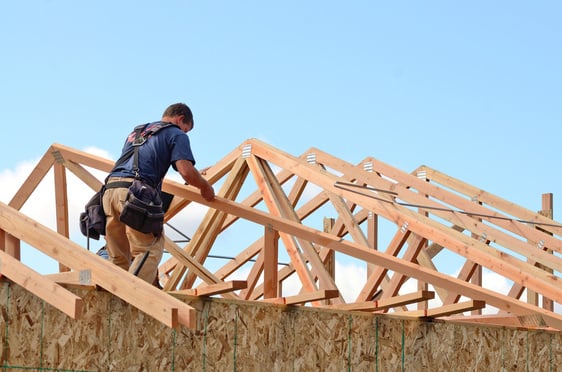In revealing the RFP, Governor George Pataki and Mayor Michael Bloomberg said the PA and the Lower Manhattan Development Corp.--the city/state partnership initially charged with overseeing downtown redevelopment--will enter into a Memorandum of Understanding, formalizing what apparently will be a subsidiary role for LMDC in a PA-controlled development of Downtown. The PA's board of directors was scheduled to meet late yesterday afternoon to discuss the new balance of power and the RFP, which was issued in conjunction with LMDC.
"The issuing of this RFP, a significant step in the process of redeveloping Lower Manhattan, illustrates the close, collaborative relationship between the Port Authority and the Lower Manhattan Development Corporation," says Port Authority Executive Director Joseph J. Seymour. "The RFP is in keeping with the directive from Governor Pataki and Mayor Bloomberg that the Lower Manhattan Development Corp. bring together the resources of all stakeholders to identify appropriate redevelopment options for the World Trade Center site."
While some local groups have criticized LMDC for what they say is a lack of responsiveness and direction, Cushman & Wakefield president of US operations Bruce Mosler says the organization's actions thus far have demonstrated foresight that will benefit the city down the road. "Any criticism of the process thus far is by people who are simply not in the know," Mosler tells GlobeSt.com. "To [redevelop Downtown] in fits and starts is probably the worst approach that could have been taken. The way it has been done by LMCD is the correct approach."
According to the Governor's office, the agreement and RFP will build on the work already achieved by the PA and LMDC, which includes work on 7 World Trade Center, the interim memorial at Battery Park and plans for a viewing wall surrounding the site. The RFP identifies three goals: improvements to all transportation systems in Lower Manhattan, including mass transit and pedestrian access; creation of transportation infrastructure best suited to future mixed-use development in and around the WTC site; and integration of urban planning components including land use, building types, density and pedestrian movements into the WTC site development.
According to the PA's timetable, a blueprint for rebuilding the area should be in place by year's end. Phase I of the RFP, including a review of transportation projects and design plans for up to six options for the WTC site, is scheduled to be completed by July 1. This will include plans for office space, hotel, retail and service areas.
Phase II, with a Sept. 1 deadline, requires further development of up to three design options and a comprehensive plan for the WTC site and surrounding area. The final phase, which is supposed to be wrapped up by Dec. 1, calls for an urban design framework and recommended transportation projects for Lower Manhattan. Proposals are due by May 6.
Want to continue reading?
Become a Free ALM Digital Reader.
Once you are an ALM Digital Member, you’ll receive:
- Breaking commercial real estate news and analysis, on-site and via our newsletters and custom alerts
- Educational webcasts, white papers, and ebooks from industry thought leaders
- Critical coverage of the property casualty insurance and financial advisory markets on our other ALM sites, PropertyCasualty360 and ThinkAdvisor
Already have an account? Sign In Now
*May exclude premium content© 2024 ALM Global, LLC, All Rights Reserved. Request academic re-use from www.copyright.com. All other uses, submit a request to [email protected]. For more information visit Asset & Logo Licensing.








